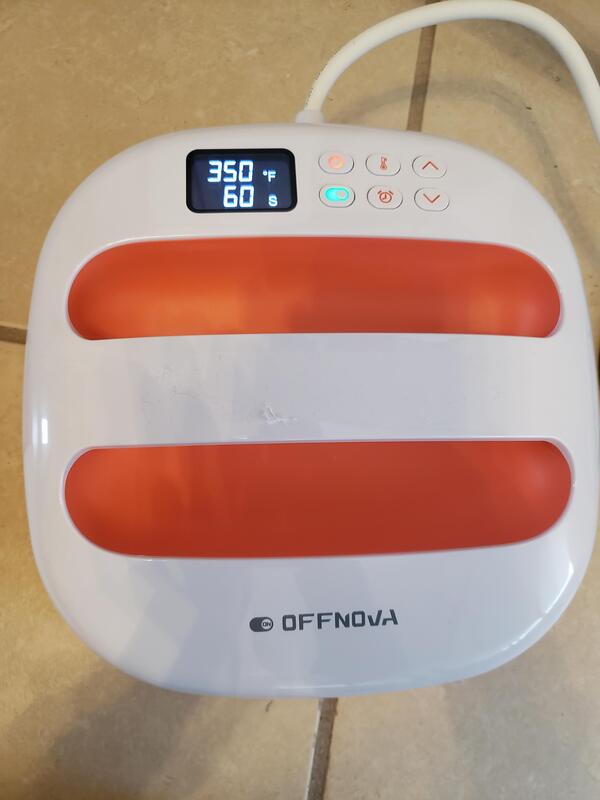Sublimation Guide
|
Sublimation is the process of printing a design with dye and then transferring it to your medium via heat press. You can use this process on polyester fabrics in place of traditional methods of creating designs on plushies like embroidery, applique, etc.
The set-up costs are expensive, but it can save you time in the long-run and allow you to achieve details that are not possible with traditional methods. Since you are printing a design created on a computer, you can make it as detailed as you'd like including gradients, excessive details, and more! It also completely preserves the softness and texture of the minky, unlike embroidery or airbrushing. Sublimation only works on polyesters. For minky, it works best on low-pile types like mochi or 1.5mm smooth minky. 3mm also works but you may see the base color underneath the color on top. Quick Links: |






















































